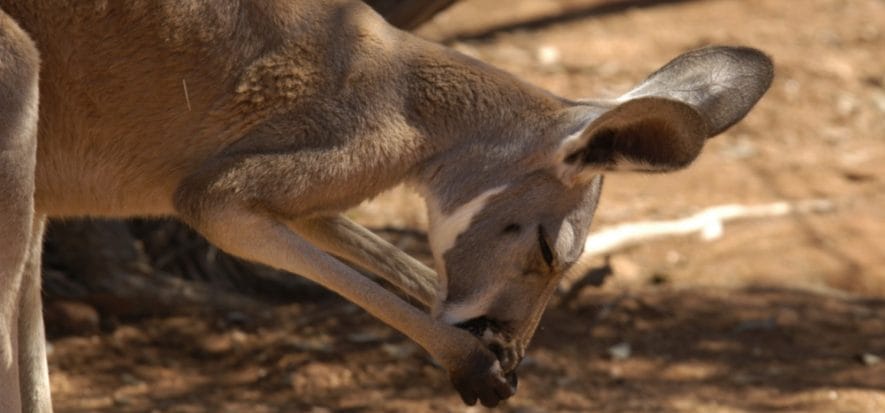Diadora did it at the end of October 2019. Versace do it now likewise. Both brands, specialized in sportswear and luxury respectively, say together no to kangaroo, therefore banning its leather from their future collections. LAV (Lega Anti Vivisezione, anti-vivisection association) urged them to do it. For the records, the same association aims at something more. More specifically, they aim at a global boycott of the material, along with an international trade ban, in order to “rescue this animal, which is the symbol of Australia” and prevent kangaroos from endangering, so they say. All of them are wrong: saying no to kangaroo leather is not real sustainability. Quite the opposite, the use of its skin is a perfect example of circular economy.
That is the way things are
To begin with, we have to make one thing clear. There are over 40 kangaroo species, but only four of them are subject to killing: Western Grey Kangaroo, Eastern Grey Kangaroo, Common Wallaroo and Red Kangaroo. Obviously, none of these species is currently in danger of extinction. Quite the opposite actually. In fact, Australia’s government has been strictly regulating, for decades, kangaroo hunting, for conservationism purposes and balancing wildlife biodiversity. They closely monitor and assess, on a regular and ongoing basis, the number of these animals: according to some data, provided by the Department of Environment, in 2018, over 42 million kangaroos were living in the “harvest zones”.
What do they mean by commercial?
In Australia, a law that dates back to 1999 regulates kangaroo harvest for commercial purposes (namely, the Environment Protection and Biodiversity Conservation Act). Likewise, during the harvest stages, the industry operators must comply, in terms of best practice, with the National Code of Practice for the Humane Shooting of Kangaroos for Commercial Purposes. The Natural Resource Management Ministerial Council, which works hand in hand with Australia’s government, has built up such best practice code. Scientists, legislators and animal welfare groups actively took part in the initiative.
Scientific regulations
Speaking about science-based decisions, every year Aussie government, by order of an independent panel composed of scientists, wildlife supporters and animal-rights activists, establishes the number of kangaroos that can be killed in a few delimited hunting areas. The annual share accounts for about 15% of the total population, but actual killing is lower than two thirds of the share itself (we are talking about 3 to 4 million kangaroos then). On top of that, authorities often conduct an audit of the modus operandi of all industry players. They also tag each single animal unit: that will enable leather traceability.
What is the point?
LAV animal-rights activists believe that boycotting kangaroo leather, in the fashion industry, may prove to be “a symbolic act and, at the same time, a very tangible action to foster kangaroo rescue”. They are wrong though. Likewise, Diadora and Versace have made a wrong choice while giving credence to them. As we said, the primary reason why kangaroos undergo a selective killing is the conservation of biodiversity: in fact, if the above-mentioned species proliferated out of control, they would put the ecosystem at risk. In addition, we have to take into consideration one more thing: when it comes to commercial purposes, they primarily take advantage of kangaroos’ meat. That is the first product: leather, traced since the very first beginning, comes after. Therefore, the tanning process exclusively serves, as usual, circularity: it recycles some scraps. Full stop.
Side effects
If they successfully achieved a campaign to boycott kangaroo leather, on a worldwide scale, they would not help marsupials anyway. In fact, despite promoters’ intentions, such intervention would actually disrupt Australia’s selective hunting system, set by authorities upon science-based decisions. At this point, the only alternative option would be rather detrimental, as hunting would not comply with any regulation and farmers would safeguard their own properties by shooting kangaroos, which can be infesting at times. Not a big support for kangaroos, including all of their species.
Picture taken from Wikipedia










